People of Cho Don district actively participate in protecting cultural relics in the area.
The Law consists of 9 chapters and 95 articles, an increase of 2 chapters and 22 articles compared to the current Law (7 chapters and 73 articles), closely following the major goals, viewpoints and policies approved by the National Assembly, institutionalizing the Party's guidelines and policies on building and developing Vietnamese culture and people to meet the requirements of sustainable national development; at the same time, resolving institutional bottlenecks, being consistent with the current legal system and compatible with international treaties to which the Socialist Republic of Vietnam is a member in the process of organizing the implementation of activities to manage, protect and promote the value of cultural heritage.
The 2024 Law on Cultural Heritage has basic new points, specifically: Specific regulations on the establishment of cultural heritage according to each type of ownership: public ownership, common ownership, private ownership in accordance with the Civil Code and other relevant legal provisions; regulations on State policies in activities of protecting and promoting the value of cultural heritage, prioritizing the allocation of the State budget for specific activities; training and fostering human resources participating in the management, protection and promotion of the value of cultural heritage.
At the same time, complete the prohibited acts to ensure more accuracy and completeness, as a basis for guiding the implementation, inspection and handling of violations in the protection and promotion of cultural heritage values; specifically identify cases of adjusting the boundaries of protection zones I, protection zones II of relics, world heritage areas and buffer zones of world heritages; stipulate principles and authority to adjust the boundaries of protection zones to ensure feasibility when applied in practice; specify the repair, renovation and construction of works and individual houses inside and outside the relic protection zones.
The Law also regulates the management of national relics, antiquities and treasures, the handling of discovered and handed over relics and antiquities; regulations on the purchase and return of relics and antiquities of Vietnamese origin from abroad; supplements the Cultural Heritage Conservation Fund; regulates policies on the management, protection and promotion of documentary heritage values; supplements policies to support the development of the museum system; supplements regulations on specialized inspection agencies for cultural heritage.
To resolve shortcomings and ensure constitutionality and continuity, the Law only regulates new issues that are clear, verified in practice, and highly stable; amends overlapping, inappropriate, and incompatible provisions. The Law on Cultural Heritage focuses on specifying the rights, obligations, and responsibilities of agencies, organizations, and individuals in the management, protection, and promotion of cultural heritage values; principles in the management, protection, and promotion of cultural heritage values; prohibited acts; responsibilities of organizations and representatives assigned to manage and use relics.
Decentralization and delegation of authority in the management, protection and promotion of cultural heritage values, specifically: Regulations on the authority to rank, supplementary rank, and cancel decisions on ranking relics in the direction that the Chairman of the Provincial People's Committee decides on provincial relics; the Minister of Culture, Sports and Tourism decides on national relics; the Prime Minister decides on special national relics; regulations that the Chairman of the Provincial People's Committee is responsible for organizing or authorizing the head of the provincial-level cultural professional agency or the Chairman of the District People's Committee to mark the boundary of the relic protection area.
In addition, the Law on Cultural Heritage also emphasizes the completion of the legal framework for the use and exploitation of cultural heritage, the construction of a national database on cultural heritage, digital transformation, and socialization in the field of protection and promotion of cultural heritage values.
In order for the Law on Cultural Heritage to be implemented in a timely, unified and effective manner, the Ministry of Culture, Sports and Tourism has recently issued a document requesting the People's Committees of provinces and centrally-run cities to proactively plan to implement the Law. In particular, it focuses on organizing propaganda, dissemination and training for officials working in the management of sectors and fields under the scope of the Law on Cultural Heritage of localities, people and enterprises on the new provisions of the Law and documents detailing the implementation of the Law; guiding and directing local news agencies, newspapers and magazines to plan to widely disseminate the Law on Cultural Heritage and documents detailing the implementation of the Law.
The Ministry of Culture, Sports and Tourism also noted to further strengthen the role and responsibility of relevant agencies, localities and the community in managing, protecting, promoting the value of relics and activities of preserving, restoring and renovating relics; strictly control the process of inventorying and classifying new relics, closely linking with the program and plan for restoration, embellishment and promotion of relic values. Effectively and promptly implement the coordination mechanism between agencies and authorities in advising and managing the state on cultural heritage from the central to local levels.
Strictly implement the Law on Cultural Heritage, documents guiding the implementation of the Law and regulations on investment and construction when implementing projects to preserve, restore and renovate relics (regardless of the budget source of the project). Guide investors to properly implement the process, regulations and procedures for implementing relic restoration projects, coordinate to collect opinions from relevant agencies, ministries, branches and scientists and only implement when there is a written appraisal and approval from the competent authority.
Properly implement the project appraisal contents, economic-technical reports, and construction drawing designs for relic restoration that have been agreed upon and commented upon by the Ministry of Culture, Sports and Tourism and competent agencies of the Ministry of Culture, Sports and Tourism, to ensure the protection and preservation of the original elements that create the value of the relic.
Direct the Department of Culture, Sports and Tourism to coordinate with press and media agencies to strengthen propaganda and dissemination of laws, raise awareness and sense of compliance with laws on cultural heritage. Propagate widely among local people to raise social awareness and authorities at all levels about cultural heritage.
Organize widespread propaganda about the meaning and value of relics, reasons for preserving, renovating and restoring relics and publicize the content of relic restoration projects before implementation so that people know, participate and contribute opinions to unify, raise awareness and create social consensus on the implementation of relic preservation, renovating and restoring projects, especially for relics of spiritual, religious and belief nature... When completing the relic preservation, renovating and restoring project, there must be an appropriate form to introduce the historical, cultural, scientific and artistic values of the relic; commencement date, completion date; organizations and individuals contributing financially; construction unit.
Strengthen inspection, examination and supervision of the protection and promotion of local relic values; promote the supervisory role of the community in implementing relic restoration and embellishment projects in accordance with the procedures and contents prescribed by law; resolutely and strictly handle violations that affect the value of relics (if any); ensure harmony between cultural heritage conservation and sustainable socio-economic development and local tourism development.
Ba Be Lake Scenic Spots
In recent times, Bac Kan province has regularly paid attention to strengthening the management of relics and activities of preserving, renovating and restoring historical - cultural relics and scenic spots in the province.
There are currently 120 relics in the province, including 78 ranked relics (2 special national relics, 7 national relics, 69 provincial-level relics and 42 relics that have been inventoried but not ranked).
"Bowl Dance" is one of the recognized national intangible cultural heritages.
Through the inventory, 204 intangible cultural heritages have been identified in the province. On that basis, every year, the province selects typical intangible cultural heritages, prepares dossiers to propose the Ministry of Culture, Sports and Tourism to include them in the list of national intangible cultural heritages to have measures to preserve and promote the value of the heritage. Up to now, the province has 1 heritage recognized as a representative intangible cultural heritage of humanity, which is "Then practice of the Tay - Nung - Thai people in Vietnam" and 20 national intangible cultural heritages.
Based on the listed heritages, with the capital from the National Target Program, the province has completed projects such as Preserving and promoting Then heritage, Luon Coi singing, Luon Sluong of the Tay people; preserving and restoring the Xuan Duong Love Market Festival, Phu Thong Long Tong Festival, Mu La Festival... to preserve and promote the value of listed heritages, thereby contributing to changing awareness, creating community respect for cultural heritage, meeting the enjoyment needs of the people; many heritages are exploited into tourism products, contributing to promoting the local image, creating jobs and increasing income for people.../.
Source: https://backan.gov.vn/Pages/thuc-hien-tot-cong-tac-quan-ly-bao-quan-tu-bo-phuc-8c20.aspx


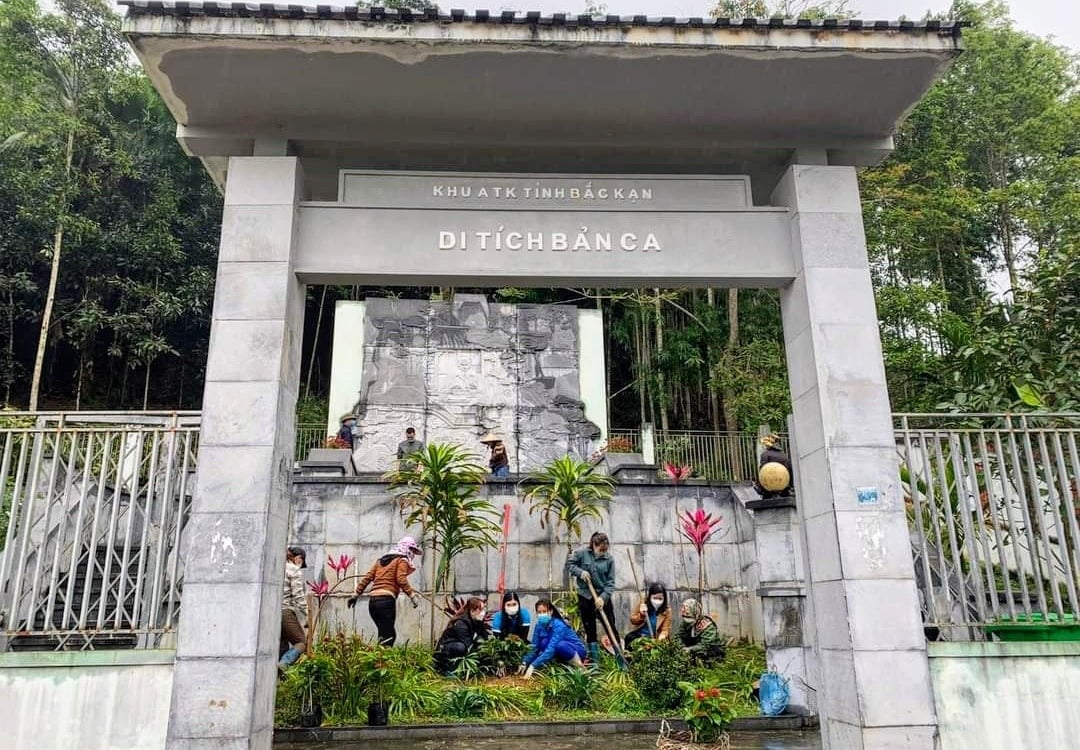
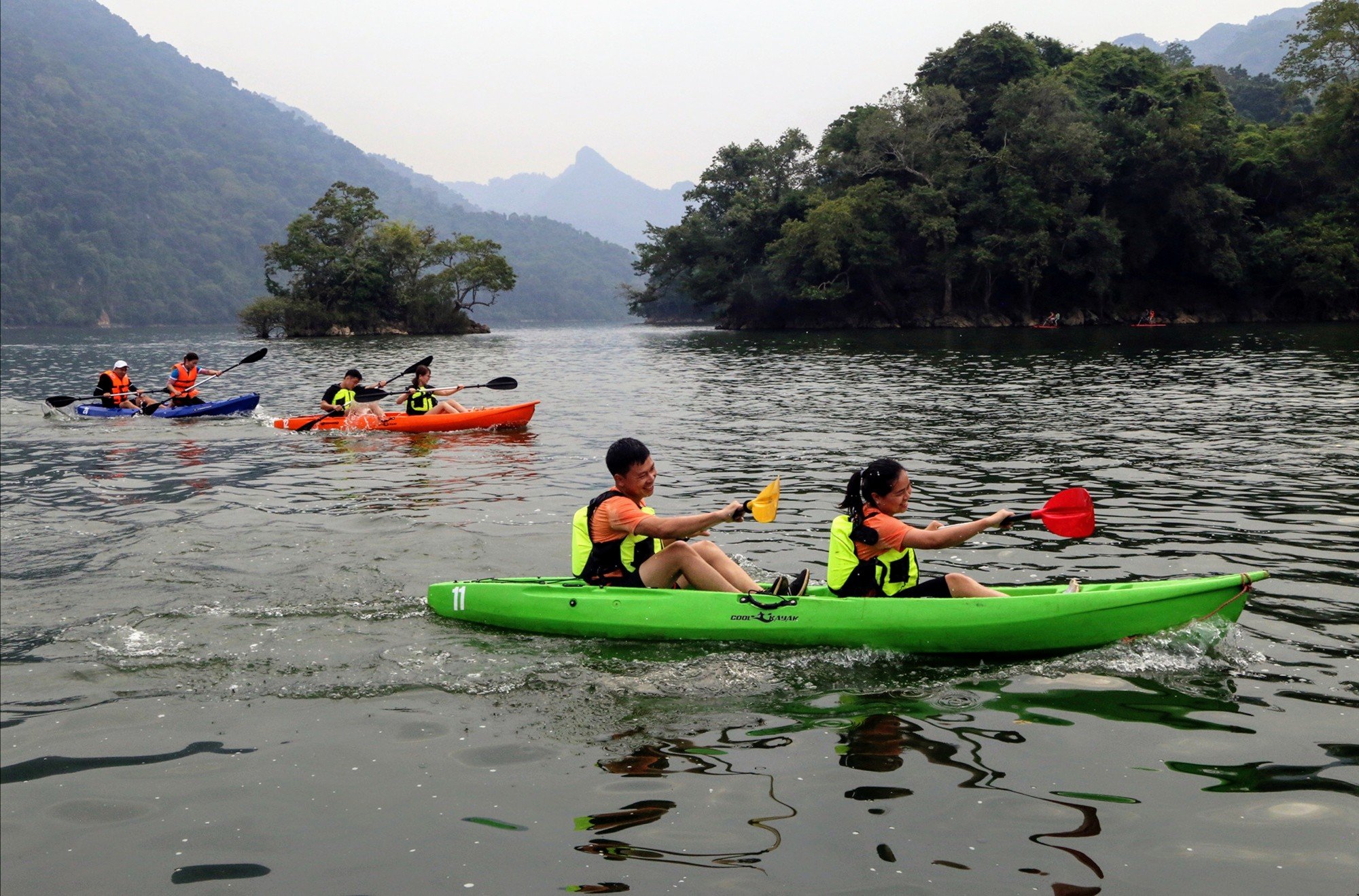
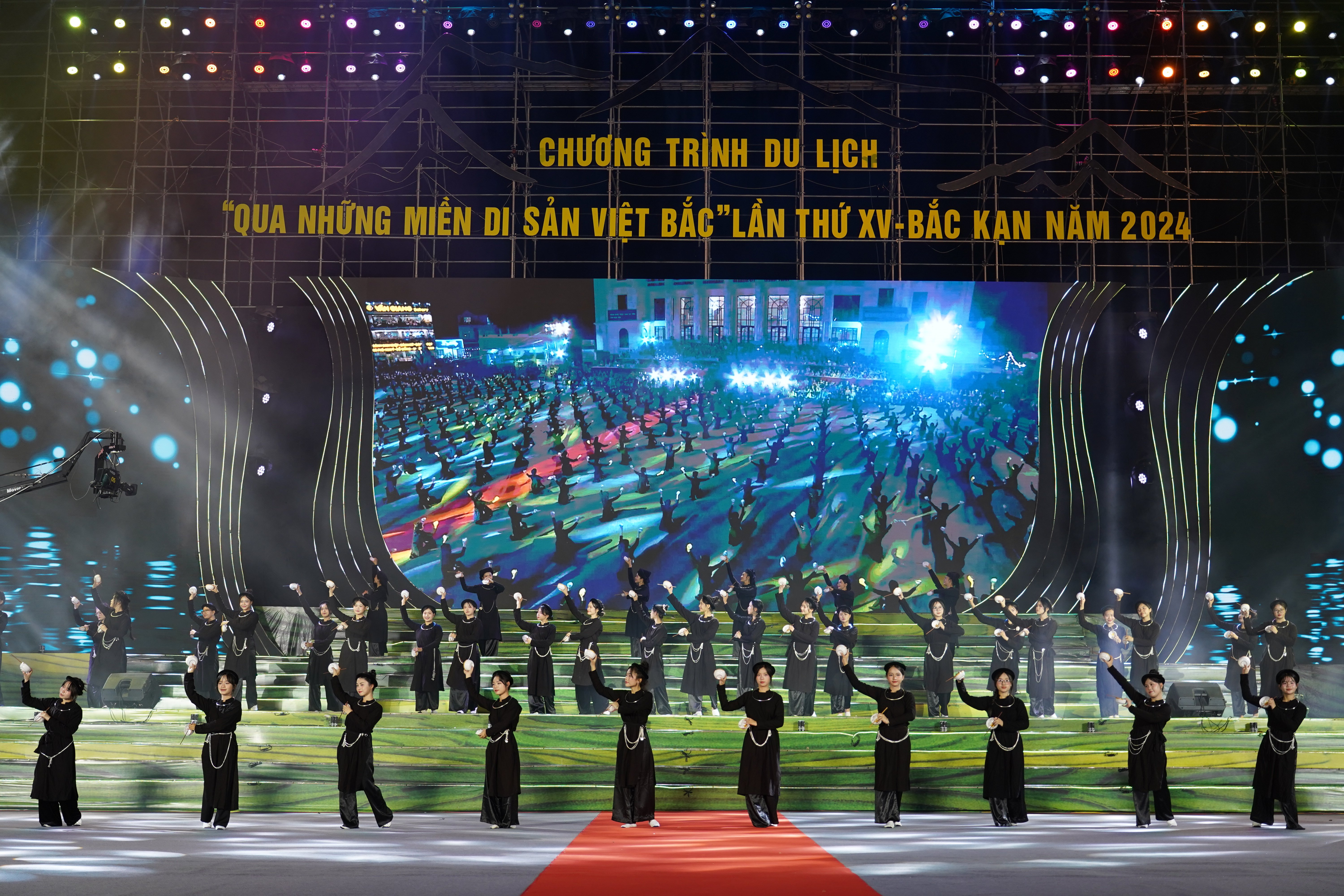
![[Photo] The moment Harry Kane lifted the Bundesliga trophy for the first time](https://vphoto.vietnam.vn/thumb/1200x675/vietnam/resource/IMAGE/2025/5/11/68e4a433c079457b9e84dd4b9fa694fe)
![[Photo] Prime Minister Pham Minh Chinh chairs the fourth meeting of the Steering Committee for Eliminating Temporary and Dilapidated Houses](https://vphoto.vietnam.vn/thumb/1200x675/vietnam/resource/IMAGE/2025/5/11/e64c18fd03984747ba213053c9bf5c5a)
![[Photo] National Assembly Chairman works with leaders of Can Tho city, Hau Giang and Soc Trang provinces](https://vphoto.vietnam.vn/thumb/1200x675/vietnam/resource/IMAGE/2025/5/11/c40b0aead4bd43c8ba1f48d2de40720e)
![[Photo] Discover the beautiful scenery of Wulingyuan in Zhangjiajie, China](https://vphoto.vietnam.vn/thumb/1200x675/vietnam/resource/IMAGE/2025/5/11/1207318fb0b0467fb0f5ea4869da5517)

![[Photo] National Assembly Chairman Tran Thanh Man attends the Party Congress of the Committee for Culture and Social Affairs](https://vphoto.vietnam.vn/thumb/1200x675/vietnam/resource/IMAGE/2025/5/11/f5ed02beb9404bca998a08b34ef255a6)
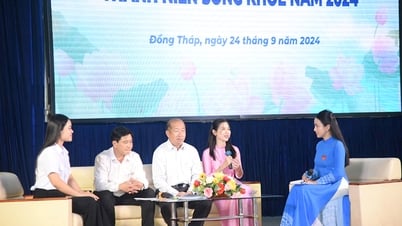
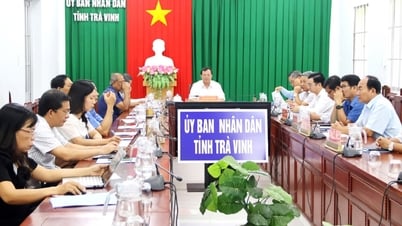
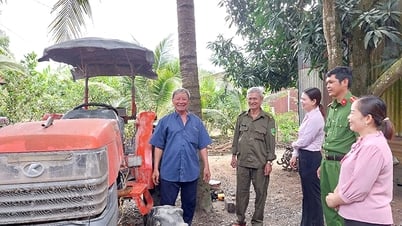


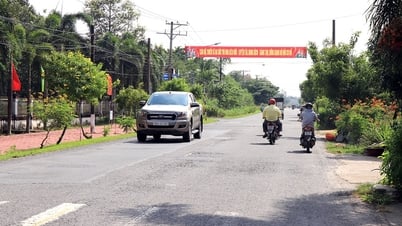





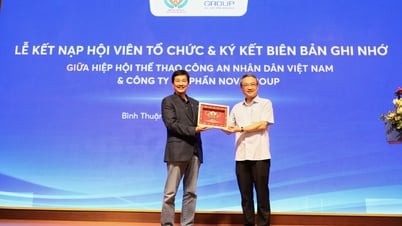








































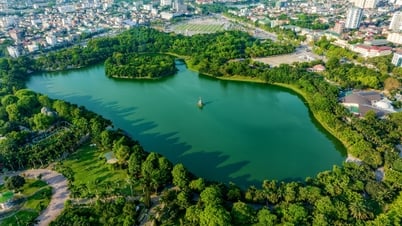









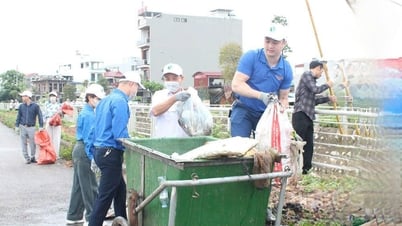

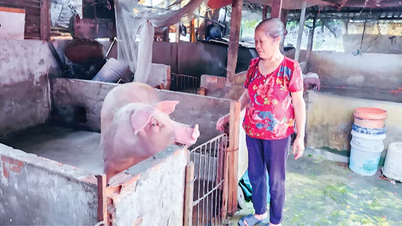




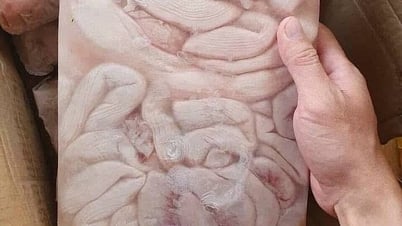

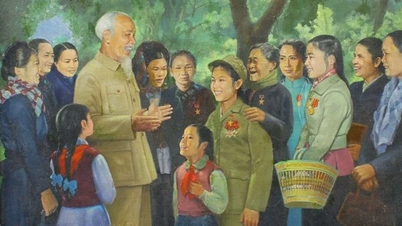









Comment (0)